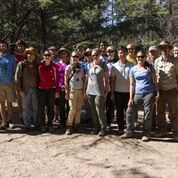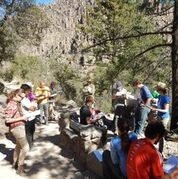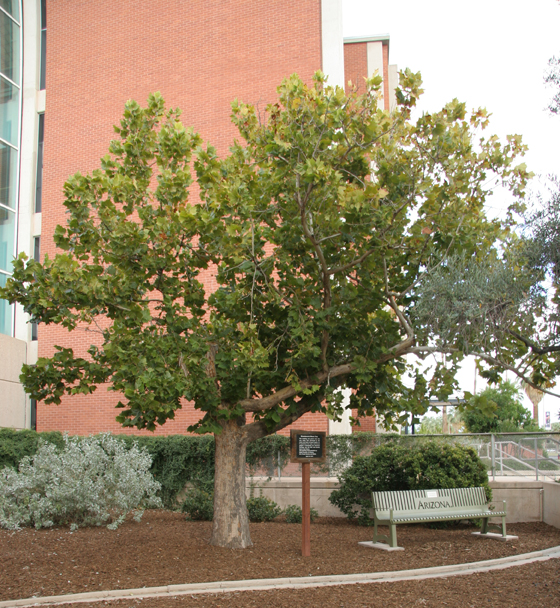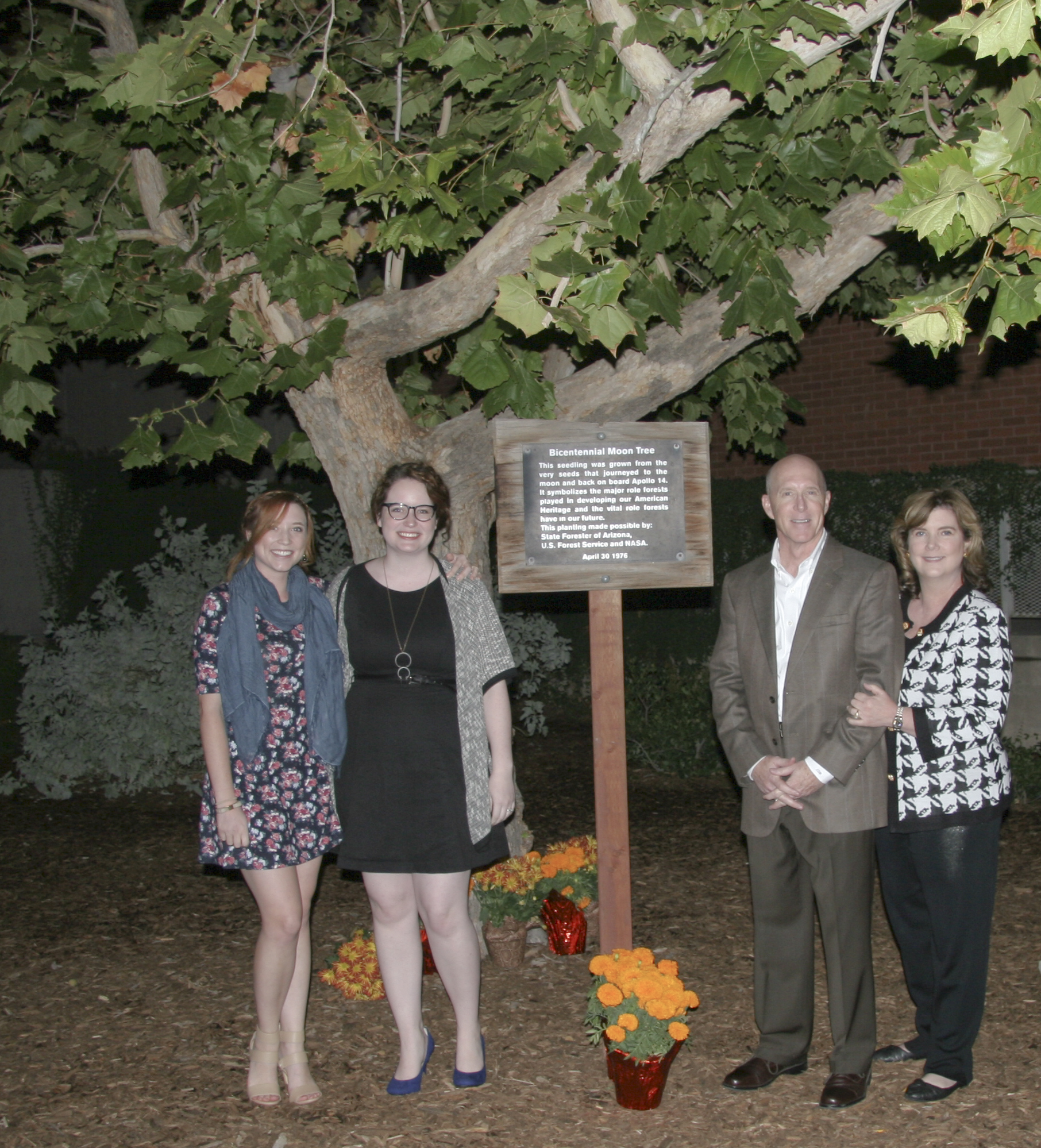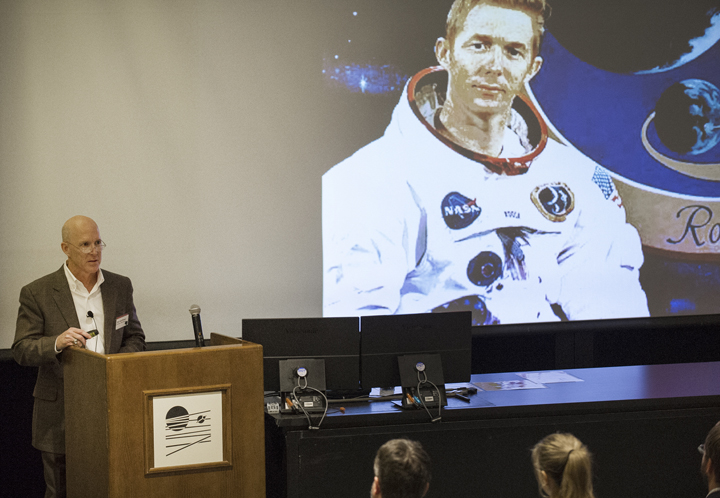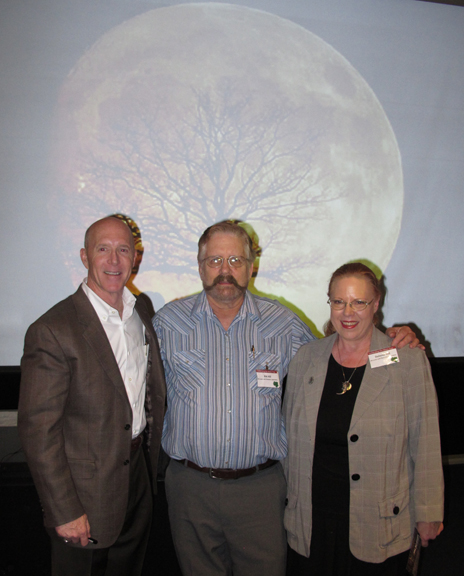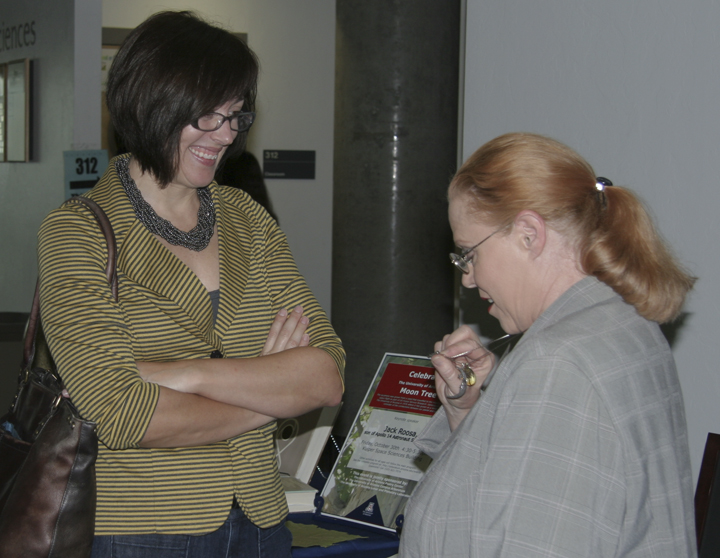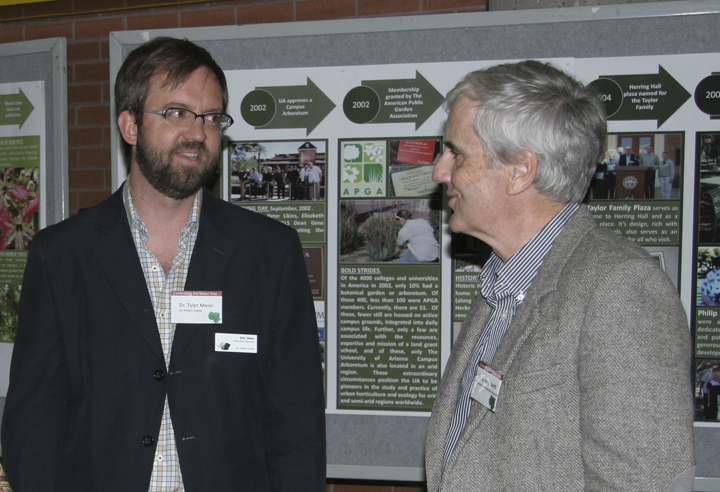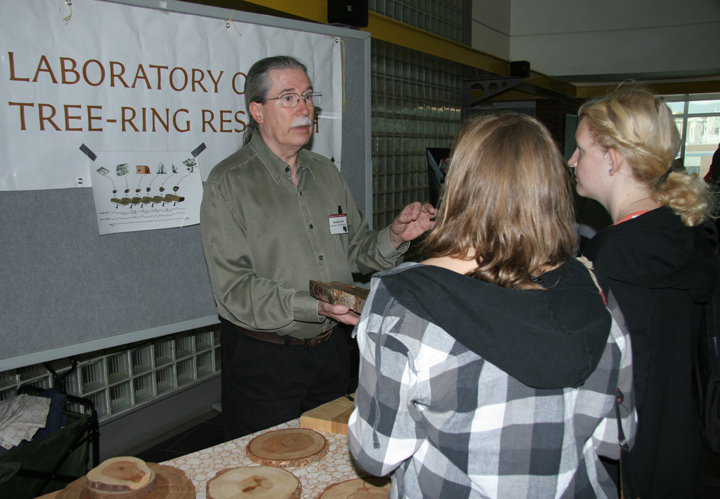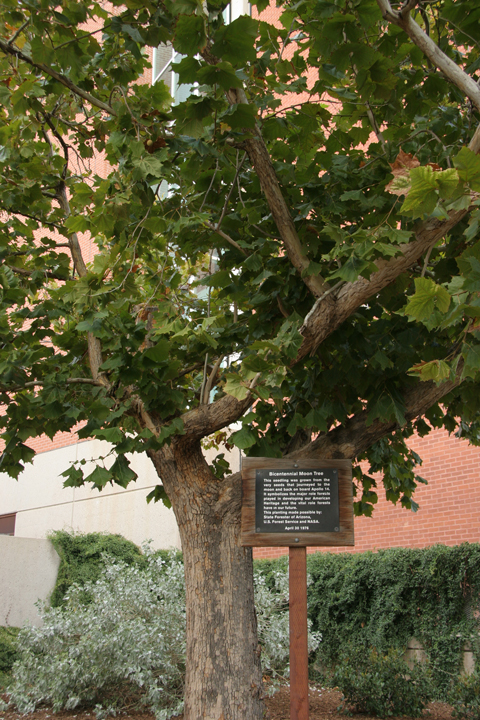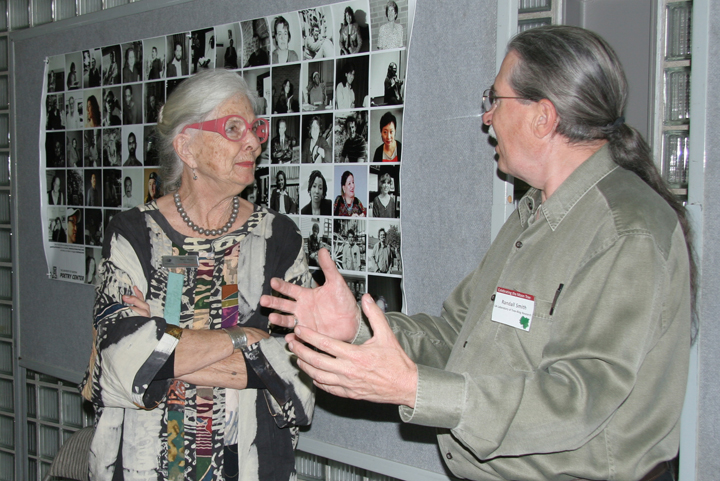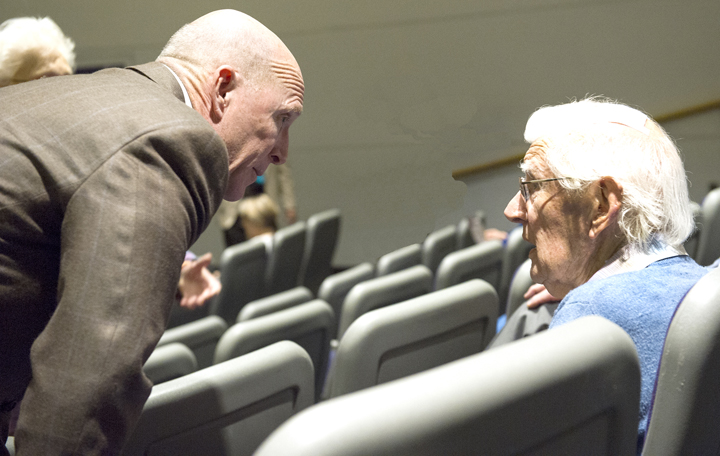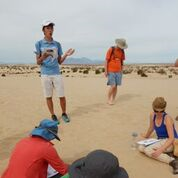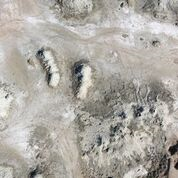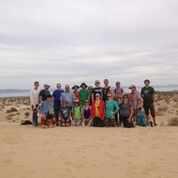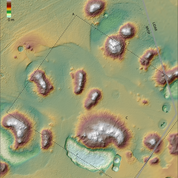 LPL and the city of Tucson are the subject of a new book titled Under Desert Skies: How Tucson Mapped the Way to the Moon and Planets. The book's author is University of Arizona (UA) alumna Melissa Sevigny, who grew up in Tucson. As an undergraduate, Melissa studied creative writing and environmental sciences; she went on to complete a M.FA. in Creative Writing and Environment from Iowa State University, and is currently a science and technology reporter for KNAU (Arizona Public Radio) in Flagstaff. As an undergraduate Arizona NASA Space Grant intern in 2006, Melissa and her mentor, Professor Michael J. Drake, began an oral history project with LPL as the topic. The interviews and research continued beyond the Space Grant year, thanks to funding from Mike Drake, and were eventually transcribed into the text for the book, which has been published by The University of Arizona Press. Melissa has donated the royalties to LPL for outreach activities.
LPL and the city of Tucson are the subject of a new book titled Under Desert Skies: How Tucson Mapped the Way to the Moon and Planets. The book's author is University of Arizona (UA) alumna Melissa Sevigny, who grew up in Tucson. As an undergraduate, Melissa studied creative writing and environmental sciences; she went on to complete a M.FA. in Creative Writing and Environment from Iowa State University, and is currently a science and technology reporter for KNAU (Arizona Public Radio) in Flagstaff. As an undergraduate Arizona NASA Space Grant intern in 2006, Melissa and her mentor, Professor Michael J. Drake, began an oral history project with LPL as the topic. The interviews and research continued beyond the Space Grant year, thanks to funding from Mike Drake, and were eventually transcribed into the text for the book, which has been published by The University of Arizona Press. Melissa has donated the royalties to LPL for outreach activities.
On April 25, UA Library Special Collections, The University of Arizona Press, and LPL hosted a panel discussion and reception to introduce Under Desert Skies. The panel discussion was moderated by Melissa Sevigny and featured William K. Hartmann, Peter Smith, and Ewen Whitaker, with opening remarks from Tim Swindle. The event, available for viewing online, was a wonderful opportunity to honor those who pioneered planetary science and to inspire planetary scientists of the future.
To purchase a copy of Under Desert Skies, go to:
http://www.uapress.arizona.edu/Books/bid2594.htm
| Images courtesy of University of Arizona Libraries | |
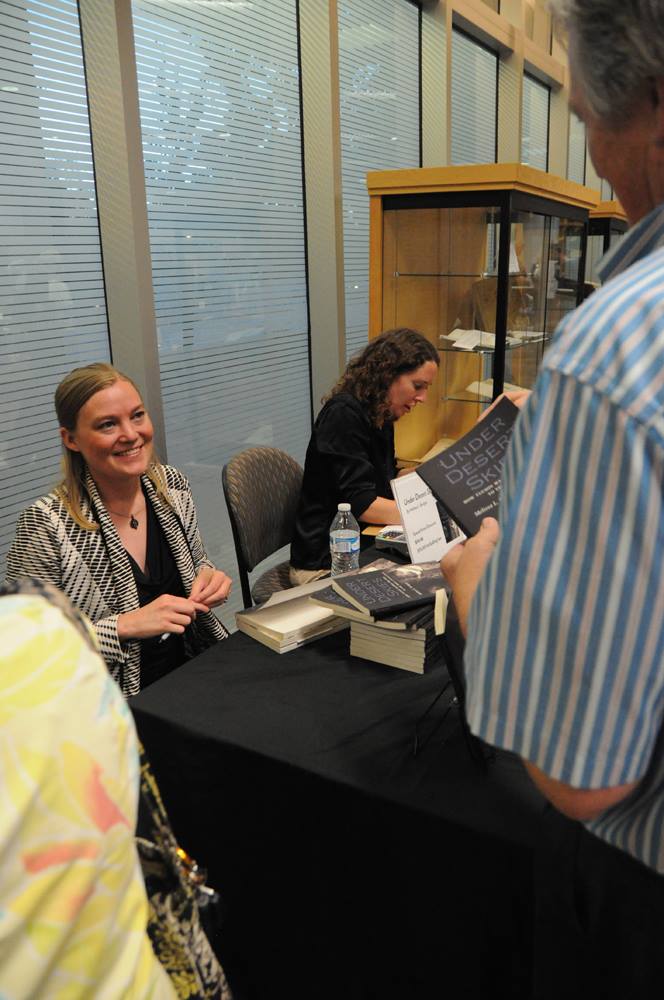 |
|
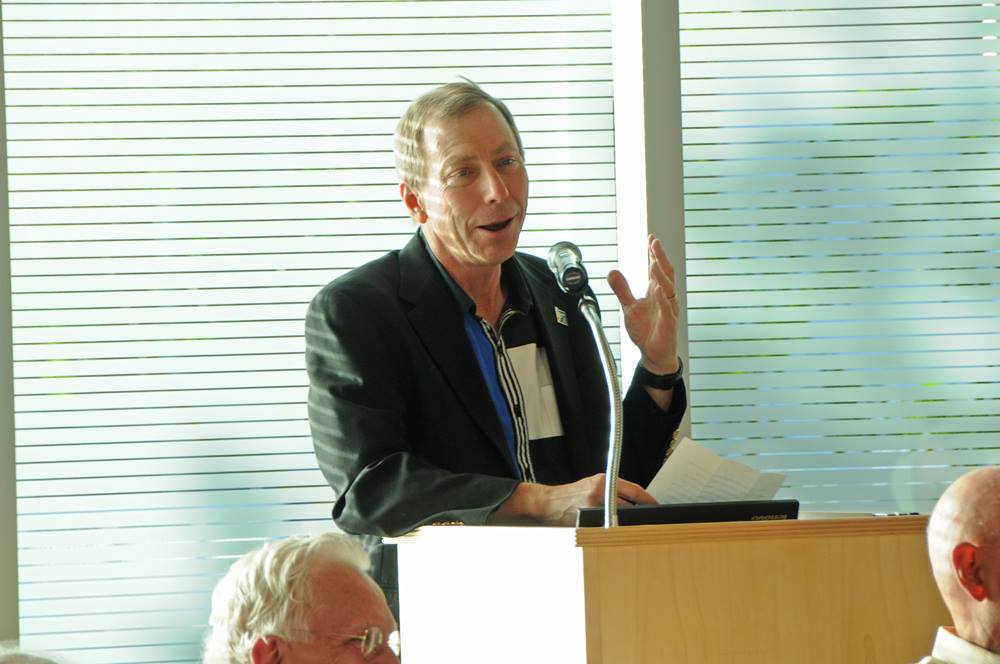 |
|


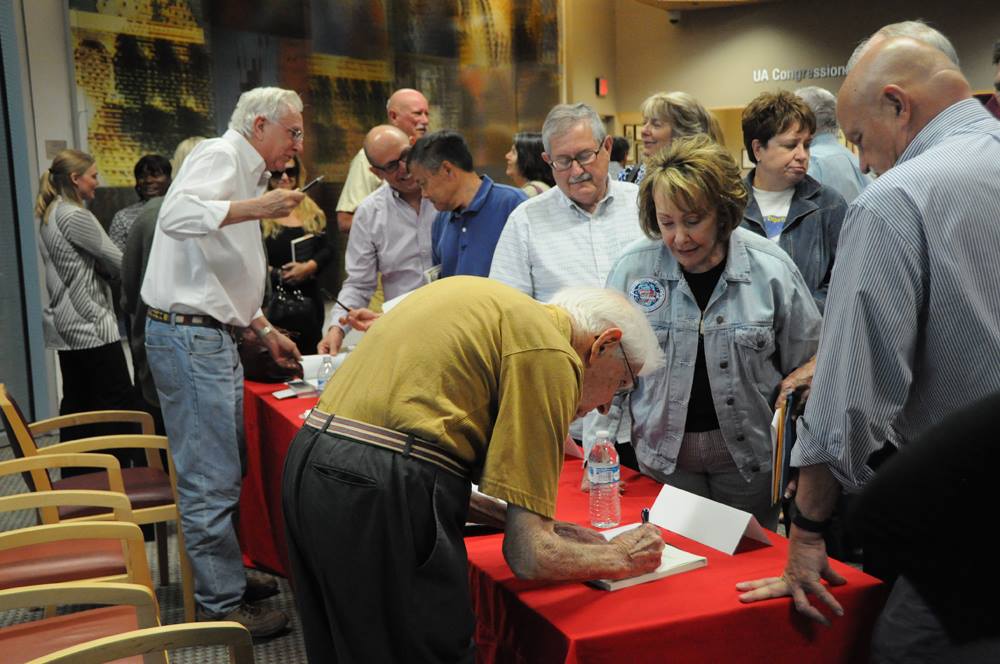
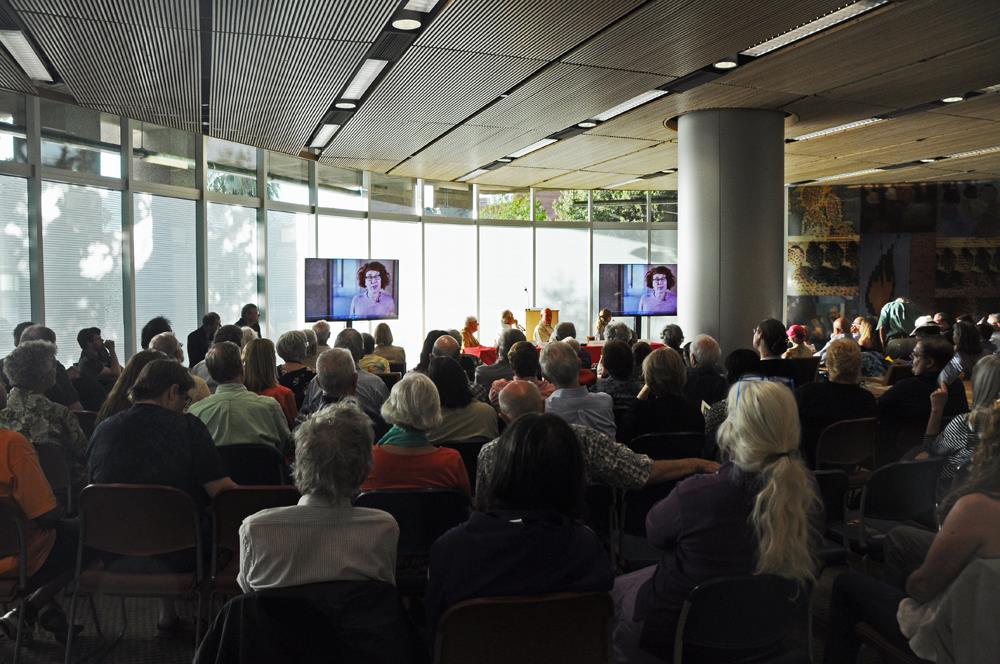
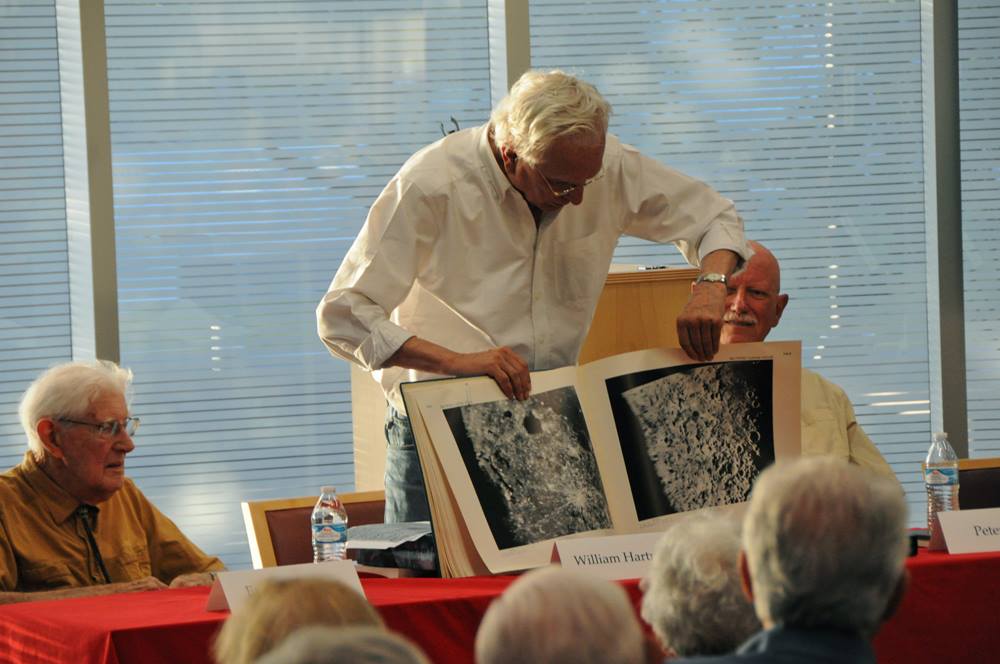
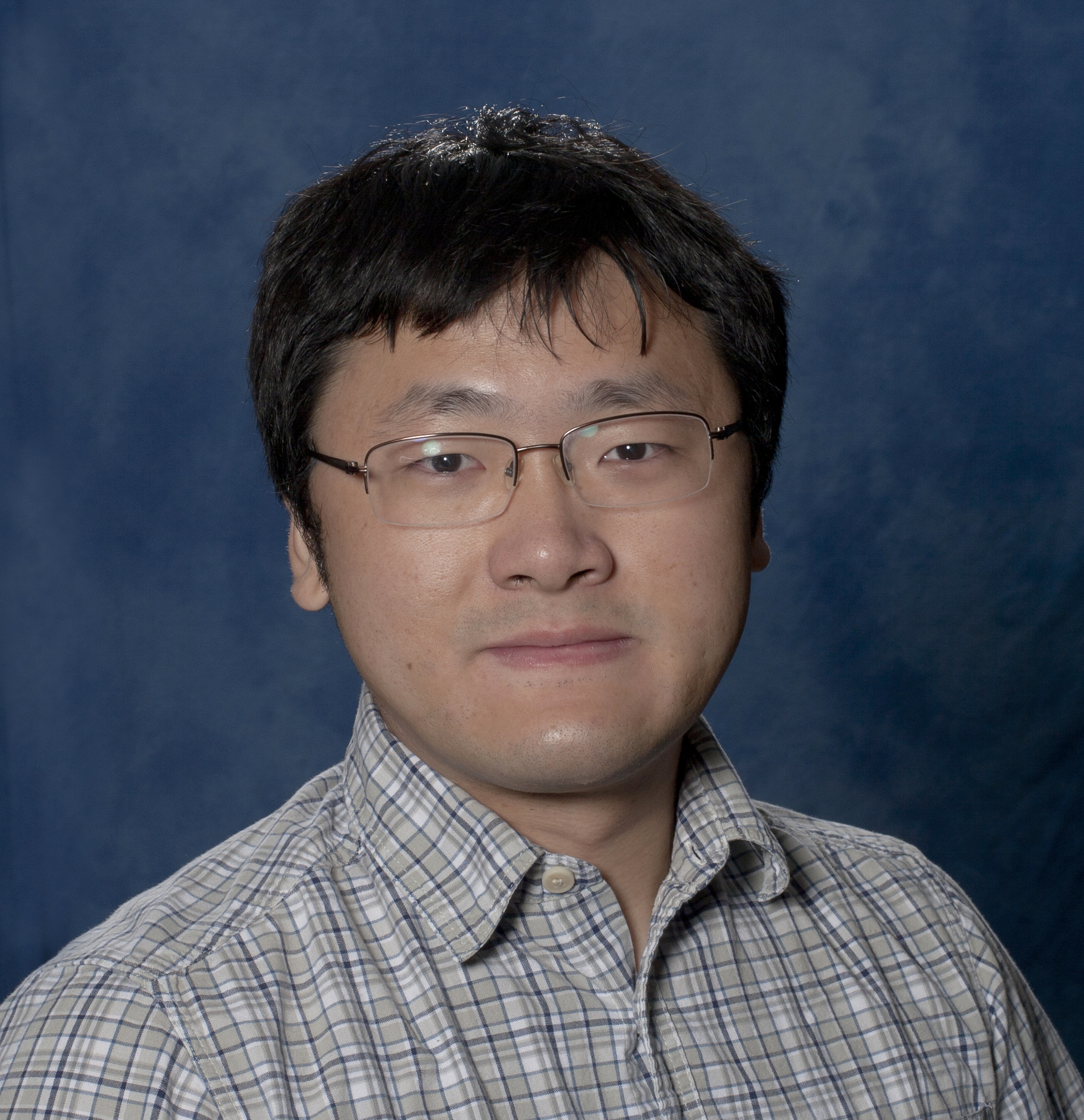 Congratulations to Peng Sun, who defended his dissertation on April 25!
Congratulations to Peng Sun, who defended his dissertation on April 25!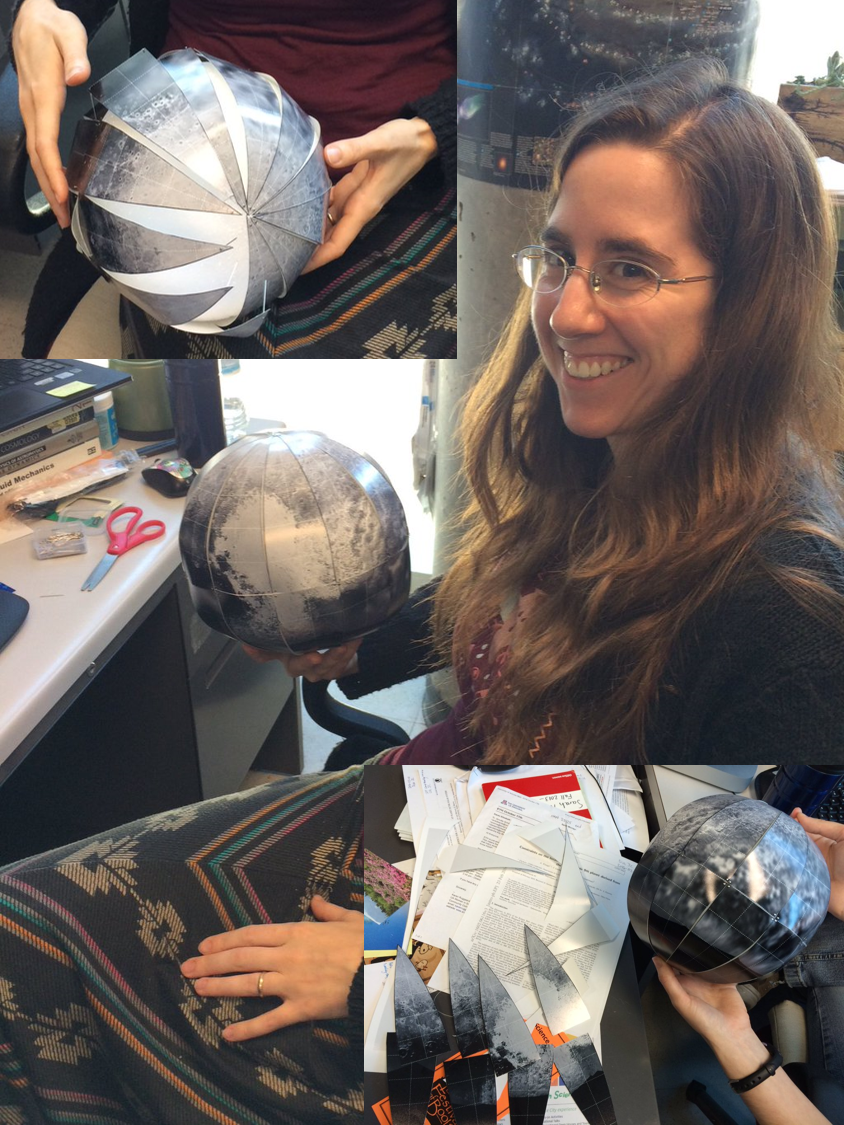
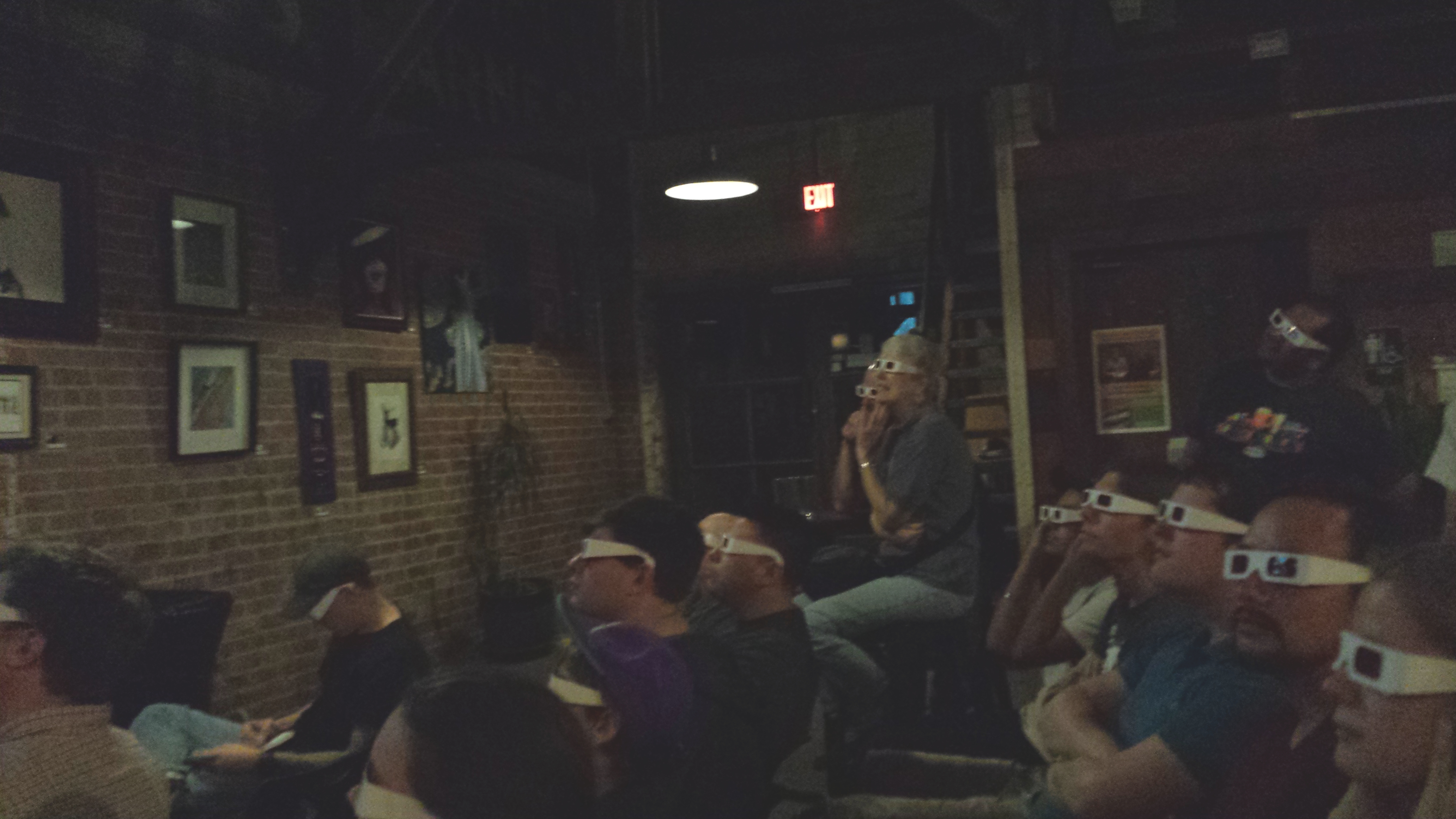
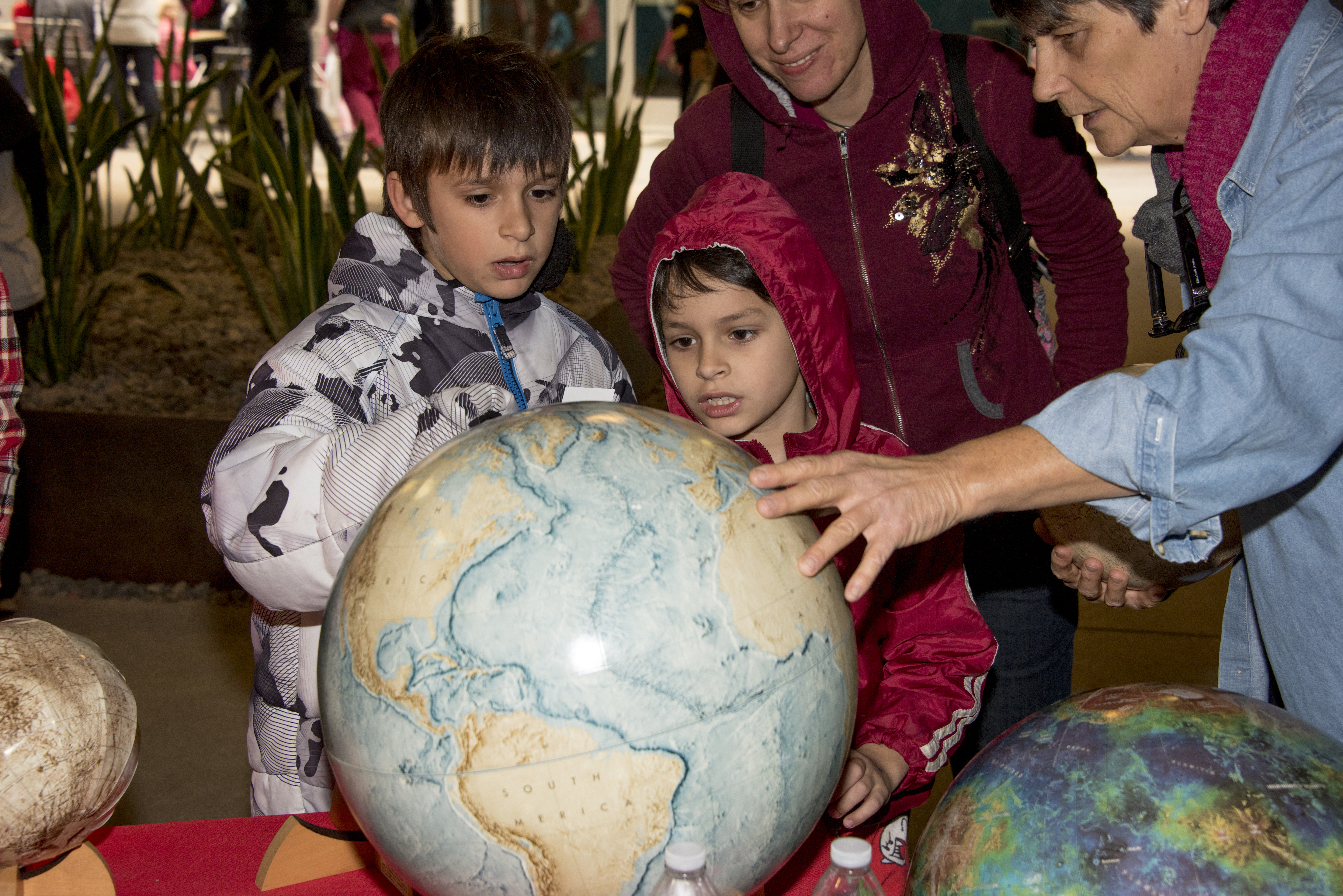
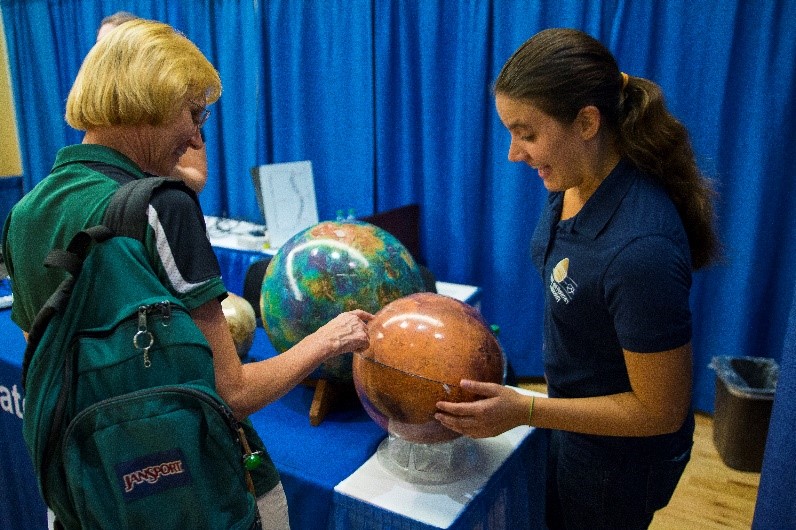
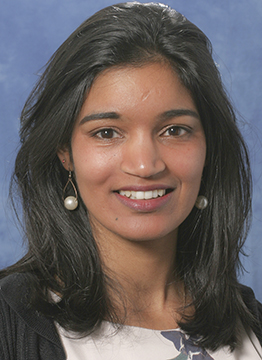 Jennifer Fernando joined LPL in November 2015 as a postdoctoral researcher working on the
Jennifer Fernando joined LPL in November 2015 as a postdoctoral researcher working on the  Anjani Polit became Uplink Operations Lead for the
Anjani Polit became Uplink Operations Lead for the 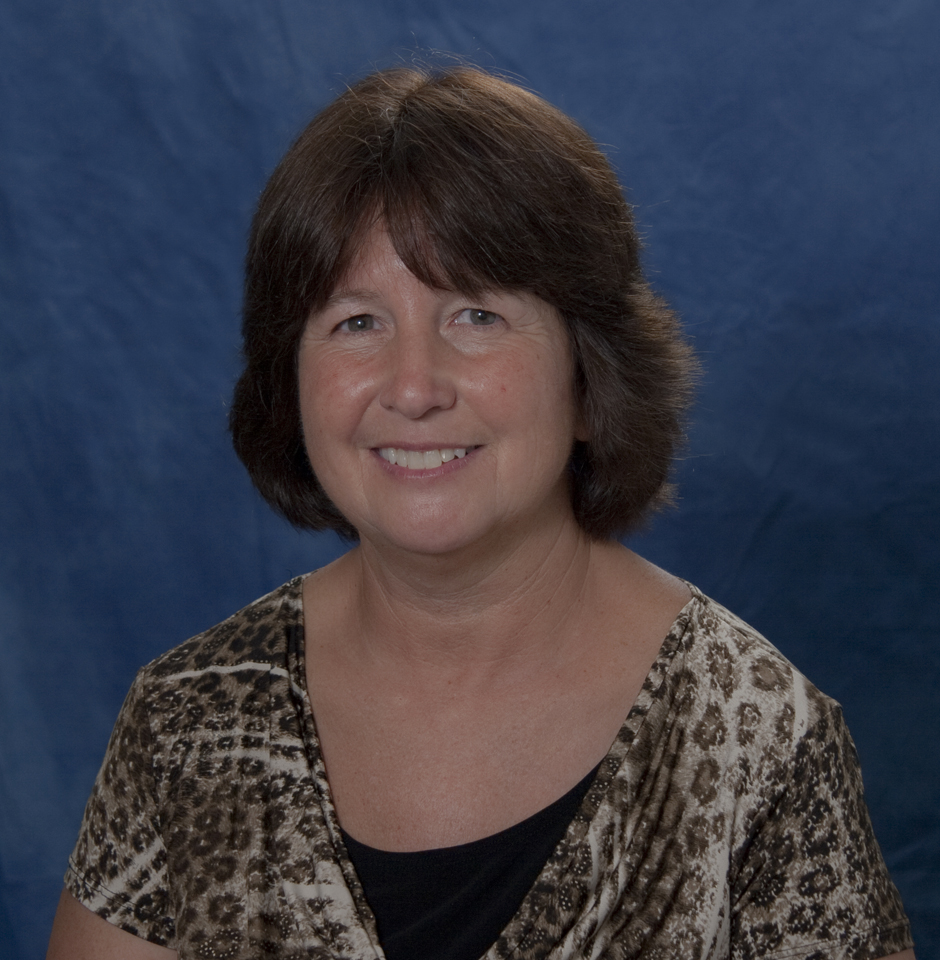 Sharon Hooven joined LPL in August 2011 as a Business Manager, Senior, for the
Sharon Hooven joined LPL in August 2011 as a Business Manager, Senior, for the 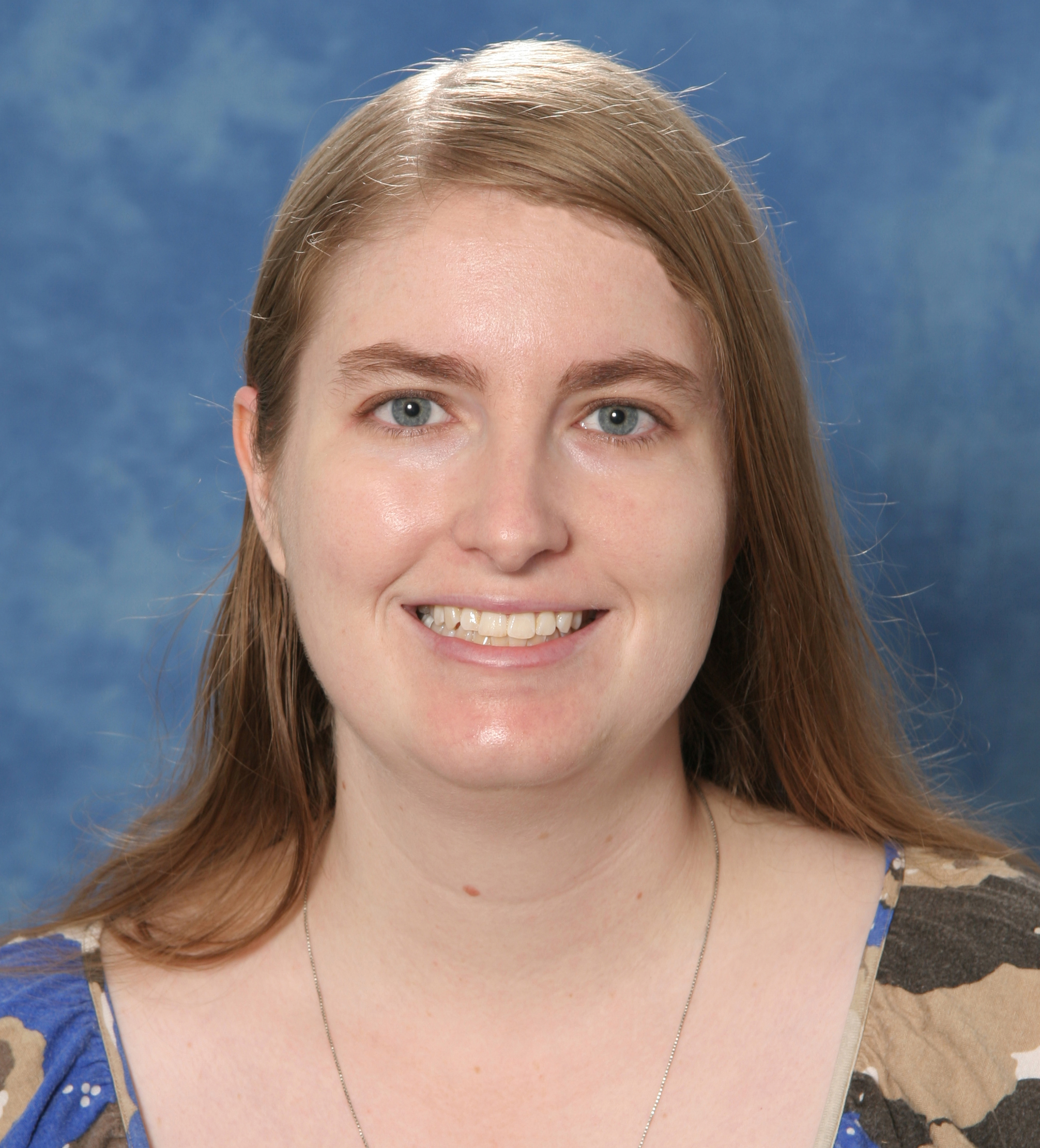 Emily Joseph is a member of the operations team for Cassini’s Visual and Infrared Mapping Spectrometer (VIMS). Emily grew up in Tucson and began working in astronomy as a high school intern at the
Emily Joseph is a member of the operations team for Cassini’s Visual and Infrared Mapping Spectrometer (VIMS). Emily grew up in Tucson and began working in astronomy as a high school intern at the 